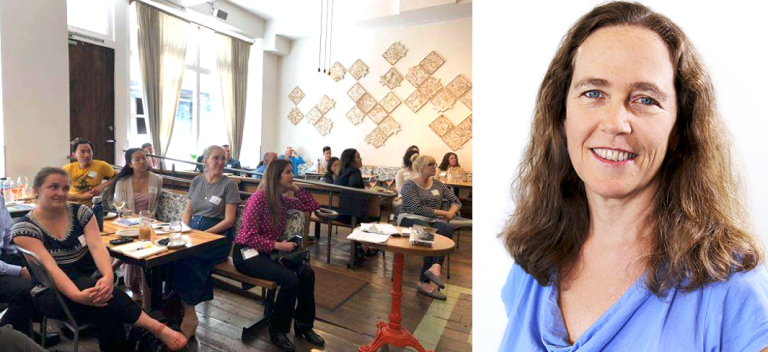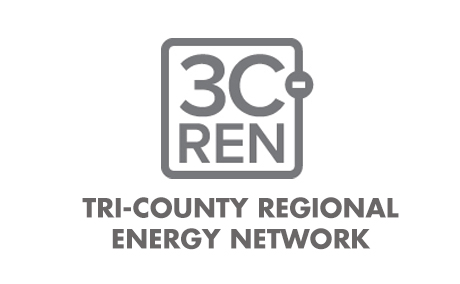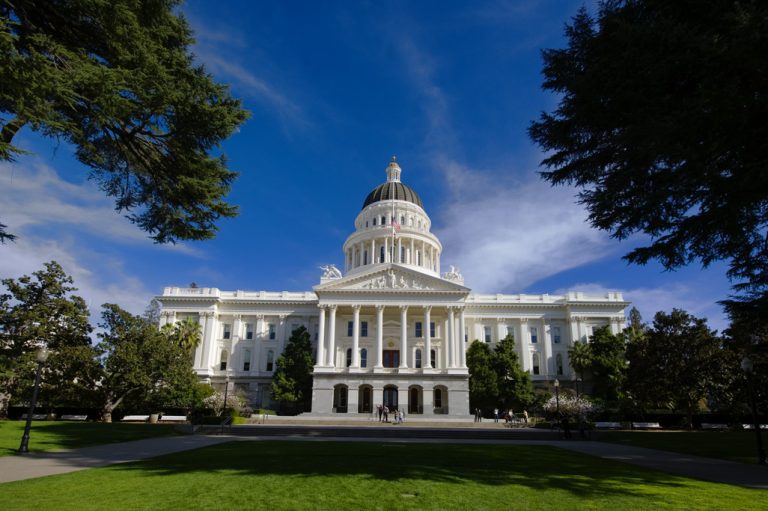

Climate Friendly Menus
Climate-friendly Menus Can Take a Big Bite Out of Climate Change
8/28/18
By Kari Hamerschlag, Friends of the Earth
The San Francisco Green Business Program recently held a panel event focused on reducing the greenhouse gas emissions produced by food establishments. Here is what one of their panelists, Kari Hamerschlag, had to say about the role menu options has to play in a food establishment’s environmental impact.
It may be surprising to learn that the biggest impact most restaurants have on climate change comes from the meat at the center of the plate. That’s because livestock production accounts for about 15 percent of global GHG emissions — more than the tailpipe emissions from all the planes, trains, cars and trucks in the world combined!
Beyond climate change, meat and industrially-produced animal foods are a major cause of many other serious ecological and health problems, including: water pollution, deforestation, species extinction, dead zones, fisheries depletion, water scarcity, antibiotics resistance, obesity, heart disease and diabetes. The bottom line is that we cannot solve these problems or meet global climate targets unless we dramatically reduce meat consumption, eat more plants and shift to more sustainable livestock production. With nearly 50 percent of food dollars spent outside the home, restaurants have a huge role to play in helping reduce the climate impacts of the food we eat.
Friends of the Earth’s in-depth analysis of Oakland Unified School District’s food purchases found that animal products accounted for 76 percent of their school food carbon footprint, likely a typical number for most food establishments. Keep in mind that there are hugely varying carbon footprints depending on the type of protein: beef, cheese and pork have the highest footprints and beans, lentils and tofu have the lowest. In fact, a pound of beef generates 30 times more carbon emissions than a pound of lentils. Our study found that reducing meat and cheese in kids’ lunches over a two-year period reduced the carbon and water footprint of Oakland School Districts’ food service by 14 percent and 6 percent, respectively. Meanwhile, the district saved $42,000 by cutting meal costs, even after serving better quality and more sustainable meat from organic, grass-fed dairy cows.
Cutting the footprint of your restaurant doesn’t mean cutting out meat altogether. Restaurants can make a huge dent in your carbon emissions by offering more plant-based dishes and down-sizing meat portions through plant-centered recipes, smaller plates or innovative products like the popular blended burger that replaces 30 to 50 percent of the meat with mushrooms, legumes or other veggies. Friends of the Earth is working with university dining services to serve more blended burgers and has compiled information, recipes and sources on better meat for food service professionals at betterburgers.org. Money saved by using less meat can be used to purchase better-quality, third-party- certified animal and plant-based foods produced locally and regionally using ecological farming methods.
By sourcing meat from organic, grass-fed and ecological farms that use natural practices (not chemicals) to cultivate the land and build soil fertility, restaurants can help to lessen the impact of the meat they serve. Practices like composting, cover crops, crop rotations and rotational grazing can help pull carbon dioxide out of the atmosphere and sequester it in the soil. These practices also increase the moisture-holding capacity of the soil, especially important in this time of increasing drought. And waste deposited on pasture becomes a potent source of organic nourishment for soils and crops — rather than a source of pollution as it is on factory farms.
But meat that comes from these better sources is not a silver bullet solution to climate change. Conditions vary greatly and some systems, even if they are well-managed, cannot build up that much carbon in the soil. Also, all animal production requires huge amounts of water for feed.

Left: Attendees enjoy panelist presentations; Right: Panelist, Kari Hamerschlag
No matter where the meat comes from, serving less and better is key to addressing many environmental and public health challenges.
As the Harvard School of Public Health and the Culinary Institute of America say in their 2016 Menus of Change report:
“Greater emphasis on plant-based foods, including plant-based proteins is the single most important contribution the food service industry can make toward environmental sustainability”
Their annual conference, Menus of Change, provides useful resources for food establishments including recipes and tips for effectively communicating with customers by leading with flavor, not health messages.
Besides doing well for the planet, restaurants that offer a greater variety of plant-based protein foods and lower meat recipes can attract a new base of customers eager for a more flexible diet. According to a recent presentation by Dataessential at the Menus of Change June 2018 Conference, while only 2 percent of people want a vegan lifestyle, 23 percent of people are favorable to plant-based eating; 44 percent of Americans are trying to eat less meat and 57 percent of Americans are trying to eat more plant protein.
With our planet on a fast track toward climate chaos and many Americans eating twice as much meat and protein as is recommended by the USDA, we desperately need restaurants to take leadership and make a real difference — through menu solutions that are both delicious and healthy for people and the planet.
Kari Hamerschlag is deputy director of Friends of the Earth’s food and agriculture program. Kari leads the organization’s animal agriculture work, including a climate-friendly food service initiative that drives institutional market shifts and consumption toward healthier, plant-forward, sustainable food. Kari has extensively researched the links between food production and climate change and authored the web-based Meateater’s Guide to Climate Change and Health. Please contact her if you would like more information on reducing the carbon footprint of your restaurant. khamerschlag@foe.org




